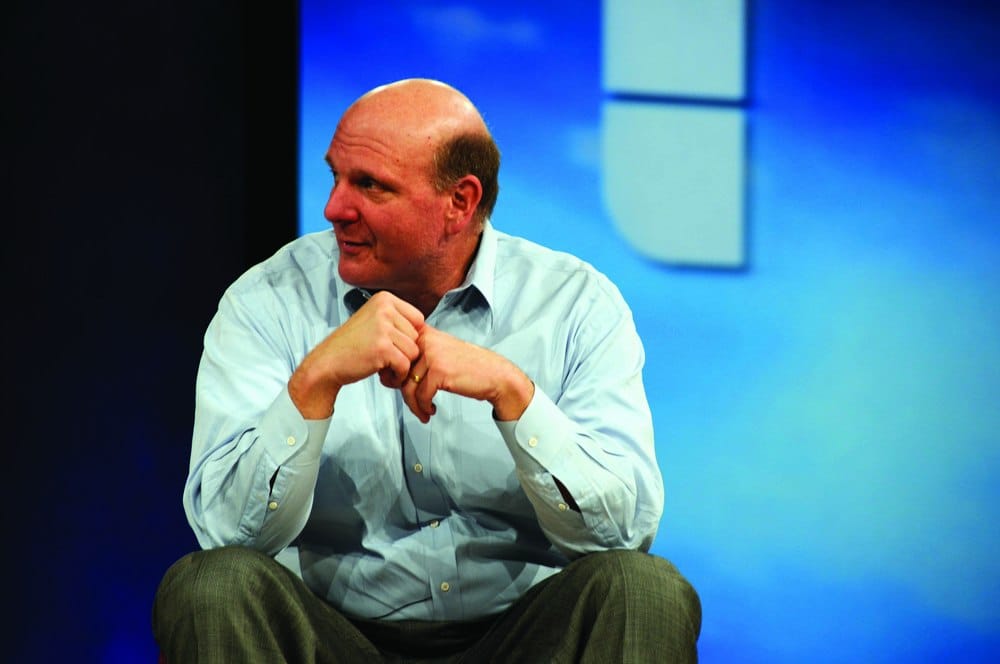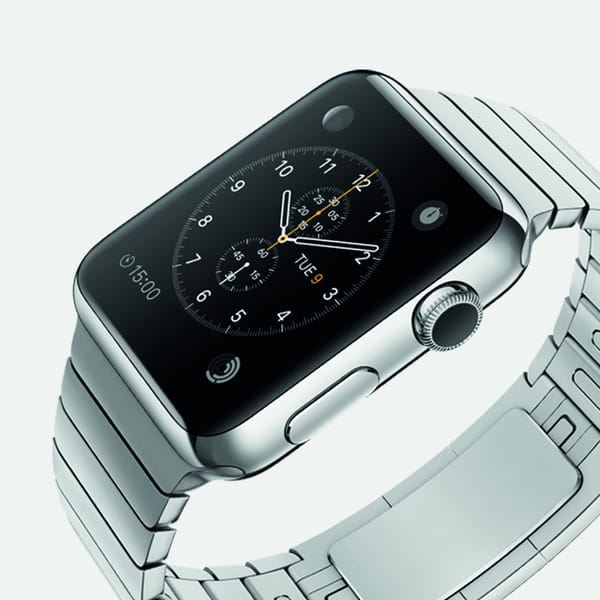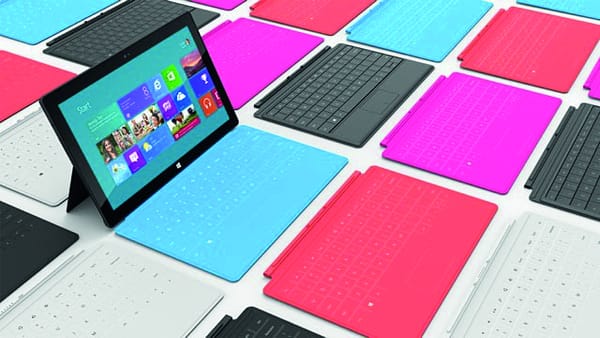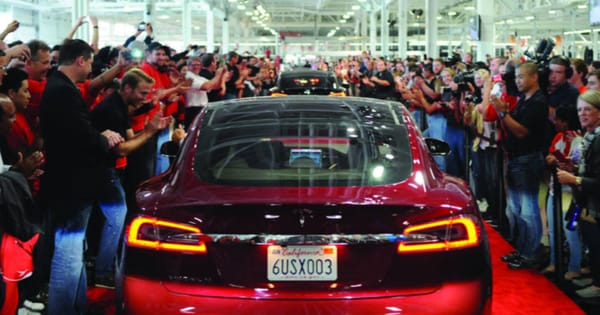Microsoft: stepping back into the future
Chrysostomos Meli inspects just what has gone wrong with Windows over the years

Since the explosion of the smartphone, Microsoft has been facing an ever-increasing uphill struggle. With the introduction of iOS and Android, Windows is no longer the only viable OS option out there. iPads and Android tablets might not be the productivity powerhouses that Windows is, but they have certainly provided alternatives to people that would otherwise have no other choice but to buy a Windows laptop. Bill Gates’ brainchild is still by far the number one operating system for personal computers but it hasn’t been showing the growth it used to – and PC manufacturers aren’t happy.
The main reason seems to be for all intents and purposes that Windows isn’t “cool” . The operating system has over time become associated with work, essays and spreadsheets, while iOS and Android devices have become associated with social networking and creativity. But for the most part people believe the device they carry is an extension of their personality and if that’s true, then what does your Windows Phone say about you?
Microsoft needs to break the preconceptions people have about Windows. Their first attempt was Windows 8 – which focused on play as much as work. With a new design language, Metro, and a touch friendly interface, Bill Gates and co. were ready to step into a new Windows era.
I’m not going to lie – I loved the metro style interface. It was bold, it was new, it looked good, and having all your information available to you at a glance was awesome. But that was not the opinion of most people. They felt Microsoft had left them behind to chase after some new market share. This wasn’t the Windows they were used to. This was some weird new Frankenstein OS with different touch and mouse parts stitched together and a very confusing split personality. As a result most of them just opted not to upgrade. Windows 7 still holds more than fifty per cent of the market while 8 is still struggling to break twenty per cent two years after its release.
But Windows 8 didn’t just bring a huge overhaul to the Windows software, it brought massive changes to the devices that were running them. Since its release, hybrid devices have become the norm. One of those devices is the Microsoft Surface – a device which represents everything the company wanted to achieve with Windows 8. A laptop and a tablet, work and play, one device to rule them all. But even after several iterations of the device, sales still haven’t lived up to Microsoft’s (perhaps optimistic) expectations.
The bad news doesn’t stop there. Windows Phone has by all accounts not achieved its goals, holding less than three per cent of the smartphone market. Xbox sales haven’t gone as well as hoped – with the Xbox One being outsold by the Playstation 4 approximately 3:1. Hammering a nail into the Windows coffin, Apple has announced growth in Mac sales in the last two quarters – a section of the market otherwise falling year after year. Whatever Microsoft attempts, it can’t seem to win.
But the company isn’t giving up. With their new CEO Satya Nadella at the helm and a new philosophy centered on cloud services and devices, Microsoft is ready to step up its game.
Last month, the company showed the public its new operating system, Windows 10. Skipping 9 is Microsoft’s quirky way of saying that this version of Windows is truly the future. But that might very well not be the truth as 10 looks a whole lot like the Windows of the past.
One of the biggest changes to the new OS is the return of the start menu: a combination between 8’s Metro start screen and 7’s most used apps list. Touch-friendly Metro apps that could otherwise just be dragged to take up a certain percentage of the screen, can now be manipulated within the familiar windows boxes we are all familiar with. There is also a feature called Continuum which gives Windows 10 devices the capability to switch between keyboard and touch mode, depending on the hardware it detects.
These are all features designed to make adopting the Windows design philosophy as painless as possible, and by all accounts Microsoft seems to be succeeding. It really does feel like 10 should have come before 8.
But not everything is a step back. The company is introducing separate desktops for the first time; a feature that has been enjoyed by OS X and Linux users for quite a while now. But what is truly exciting about Windows 10 is something no other company has managed to do: a single app store for all your windows devices. That includes your phone, PC, tablet and gaming console. For the first time you can have true integration across all of your devices.
By creating Universal apps Microsoft may be able to convince Windows PC users that buying a Windows Phone might not be such a bad idea, and buying an Xbox while you’re at it is an even better one








